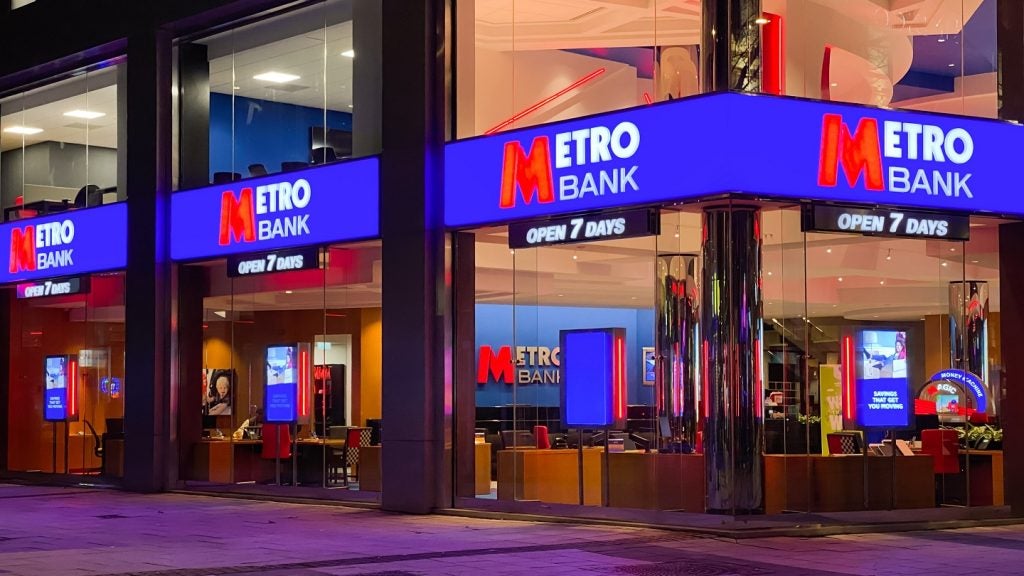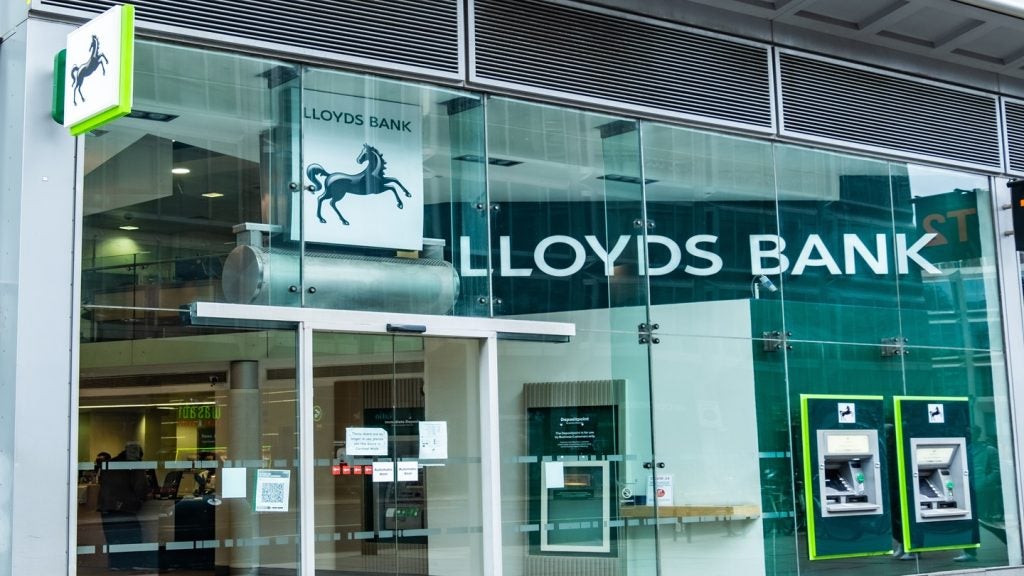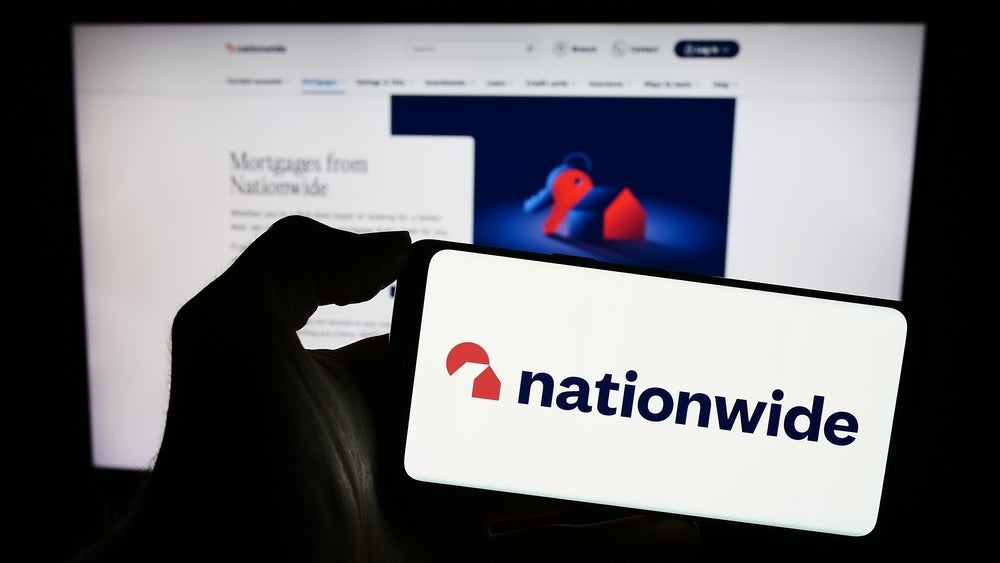New vehicle financing is returning to pre-pandemic levels as inventory shortages continue to push average loan amounts and monthly payments for used vehicles higher, according to a report by consumer credit reporting firm Experian.
While the automotive finance market remained resilient amid the pandemic, it saw its fair share of change.
Now, more than a year later, the industry is returning to more normal levels, particularly in regard to new vehicle financing, according to Experian’s latest State of the Automotive Finance Market report.
New vehicles represented a larger portion of financing in Q2 2021 at 44.81% compared to 38.05% in Q2 2020.
Average new vehicle loan amounts decreased to $35,163 in Q2 2021, down from the record high of $36,121 in Q2 2020.
Last year’s spike was driven by an increase in financing of full-size pickup trucks, which was likely sparked by the availability of incentives.
How well do you really know your competitors?
Access the most comprehensive Company Profiles on the market, powered by GlobalData. Save hours of research. Gain competitive edge.

Thank you!
Your download email will arrive shortly
Not ready to buy yet? Download a free sample
We are confident about the unique quality of our Company Profiles. However, we want you to make the most beneficial decision for your business, so we offer a free sample that you can download by submitting the below form
By GlobalDataThough the average loan amount decreased in Q2 2021, the average monthly payment did see a minor increase from $570 to $575 year-over-year. This was caused by a slight decrease in average term and an increase in average loan rate, both also reflective of the market returning to pre-pandemic levels.
The average new vehicle loan term was 69.36 months in Q2 2021, down from 71.31 months in Q2 2020, while the average new vehicle loan rate was 4.09% in Q2 2021, compared to 3.95% in Q2 2020.
“As we look at this quarter’s data, it’s important to remember that Q2 2020 is when we started to see the impact of the pandemic on the automotive finance market, so we’re comparing to an anomalous quarter,” said Melinda Zabritski, Experian’s senior director of automotive financial solutions.
“Incentives played a large role in keeping the market moving in 2020, and those haven’t been as prevalent in 2021, which explains shifting consumer preferences and interest rate changes. Understanding the full context of the data will help the industry make informed decisions as we continue to navigate challenges like the microchip shortage.”
Understanding the impact of consumer preferences on finance trends
What consumers choose to finance has steadily changed over the years, with larger, more expensive vehicles like SUVs and crossover vehicles (CUVs) comprising a larger share of new vehicle financing.
In Q2 2016, SUV/CUVs made up 40.83% of new vehicles financed, while cars were 41.44%. Five years later, in Q2 2021, the SUV/CUV segment jumped up to 57.54% of new vehicle financing, while cars made up just 24.44%.
Full-size pickup trucks have also grown in new vehicle financing, though not as quickly, growing from 14.13% in Q2 2016 to 15.62% in Q2 2021.
As the percentage of new cars financed decreased, the growing average loan amount for new SUV/CUVs and trucks gives additional context to steadily rising average loan amounts for new vehicles over the last five years.
In Q2 2016, the average loan amount for a new car was $21,178, compared to $25,771 for a new SUV/CUV, and $33,190 for a new truck. In the second quarter of 2021, the average loan amount for a new car was $24,731, compared to $29,039 for a new SUV/CUV, and $39,955 for a new truck.
The trend will also continue to impact the used vehicle market, as these larger vehicles enter the used market in coming years.
Used vehicle loan amounts and payments continue to grow
Used vehicle loans saw notable increases in several categories. For example, the average loan amount for a used vehicle was $23,365 in Q2 2021, up from $21,357 in Q2 2020.
Likewise, the average monthly payment reached $430 in the second quarter of 2021, up from $397 in Q2 2020.
The average term for a used vehicle loan also saw a slight uptick, from 65.52 months in Q2 2020 to 65.88 in Q2 2021. The average interest rate for used vehicles saw a slight decrease in the same time frame, from 8.84% to 8.66%.
“We can attribute much of the continued increase in used vehicle prices to inventory shortages; however, it’s important to remember this has also increased trade-in values, a positive trend for consumers entering the market,” Zabritski continued.
“Understanding the trends in both new and used financing is critical to ensuring that lenders and dealers are able to work with consumers and ensure the right options are available for them.”
Additional findings for Q2 2021:
- The automotive loan market continues to be more prime, with super prime and prime consumers comprising 61.93% of the market in Q2 2021, compared to 59.22% in Q2 2020.
- Banks and captive lenders saw increases in overall market share of auto financing: Banks took the top spot at 30.93% in Q2 2021, compared to 28.77% in Q2 2020, while captives reached 29.67%, up from 29.33% in the same time frame.
- The number one financed vehicle in Q2 2021 was the Honda CR-V, making up 2.9% of financing, followed by the Chevy Silverado 1500 (2.6%) and Honda Civic (2.51%).
- Average credit scores for new and used vehicles continued to climb: the average score for a new vehicle loan was 732 in Q2 2021, up from 729 in Q2 2020, while the average score for a used vehicle loan was 665 in Q2 2021, compared to 655 in Q2 2020.
- The average difference between a loan and lease payment was $109 in Q2 2021.







